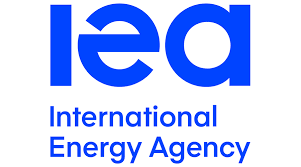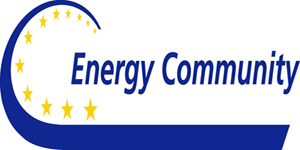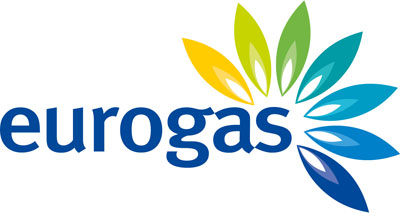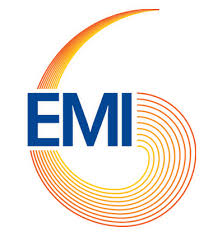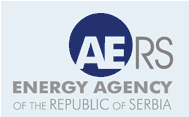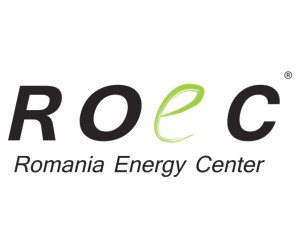by Ross McCracken* Qatar’s announcement Tuesday that it will double the size of its proposed new development on the giant North Field to 4 Bcf/d and use the gas for LNG exports will throw off course multiple new LNG projects elsewhere in the world. According to the International Gas Union, there were 879 million mt/year of proposed LNG projects waiting in the wings at the start of 2017.
Qatar has said that the new project will raise its LNG capacity from 77 million mt/year to 100 million mt/year, an addition of 23 million mt/year, and that the project will take five to seven years to complete. 4 Bcf/d gas is the equivalent of 30 million mt/year of LNG, suggesting that some of the gas will be used either for domestic consumption or to support existing LNG capacity.
However, the LNG market already expects a glut of new supply and is uncertain how it will be absorbed.

Over the course of 2017, 42.45 million mt/year of new liquefaction capacity is expected to come on-stream, primarily in Australia and the US, but this year also witnesses the start-up of the first train at Yamal LNG in Russia, which will be Russia’s second LNG plant.
The additions in 2017 come on top of 42.2 million mt/year in 2015 and 2016 combined and a further 32.6 million mt/year and 34.2 million mt/year respectively in 2018 and 2019. The project pipeline then starts to run dry, with 6.8 million mt/year added in 2020 and none in 2021. Overall global LNG capacity will have expanded from 304.4 million mt/year in 2015 to 459.15 million mt/year in 2020; a 50% increase in five years.
This supply wave is expected to depress spot LNG prices. In turn, in markets which have both LNG and pipeline import options, cheap LNG is expected to create a ceiling price, depending on the level of infrastructural and contractual flexibility within markets to arbitrage between LNG and pipeline supplies.

Nonetheless, the prospect of plentiful, cheap LNG on world markets is encouraging the development of regasification terminals, particularly in Asia, and demand is gradually expected to absorb the increase.
India, for example, has 34 million mt/year of new regasification capacity under construction, while Pakistan’s regas capacity is expected to rise from 3.4 million mt/year to as much as 30 million mt/year by 2022. Bangladeshi regas capacity is forecast to increase from zero to 15.8 million mt/year over the same period.
Thai LNG imports are expected to jump more than fivefold by 2025 to over 20 million mt/year. In addition, South Korea’s new coal and nuclear free energy policy implies further dependence on LNG in what is the world’s second largest LNG importer.
Europe is also expected to see gas demand rise as both coal and nuclear generating capacity is closed and reforms to the EU Emissions Trading System raise the carbon price. Cheap LNG and a higher carbon price are expected to incentivize gas-fired power generation.
Europe already has under-utilized regasification capacity; the UK’s 35 million mt/year saw a utilization rate of just 21% in 2016, Spain’s 49 million mt/year 21% and France’s 25 million mt/year 36%, according to IGU data.
This provides plenty of potential — if the demand for gas emerges, and if LNG can compete with pipeline supply. EU gas consumption rose 7.1% to 428.8 Bcm in 2016, having fallen from 494.8 Bcm in 2008 to 383.0 in 2014. Net LNG imports rose by 6.4% from 41.9 Bcm to 44.6 Bcm in 2016.
Even so, the development of new demand sources is not expected to eradicate the surplus of LNG until somewhere between 2023-25, making the timing of new LNG projects crucial. Project developers want to come on stream as the surplus erodes and prices pick-up. The addition of 23 million mt/year of new capacity around 2022-23 by Qatar could thus push back new projects by at least a couple of years and risks extending the supply glut further into the 2020s.
However, Qatar’s motivations for jumping ahead of other developers are sound.
First, it has very low LNG production costs because of the co-production of NGLs from the North Field.
Second, because of the size of its existing LNG industry is has well-developed existing infrastructure. As a result, Qatari LNG can compete even in a low price environment.
Third, it shares the North Field with Iran, where it is called South Pars, and Doha is keen to maximize the potential of its side ahead of Iran fulfilling its own ambitions of becoming an LNG exporter.
Fourth, Qatar expects to run a fiscal deficit this year and wants to send a signal to the credit ratings agencies of future potential earnings, from both NGLs and LNG. Higher NGL production will offset declining production from its conventional oil reserves. Doha may also be sending a signal of economic resilience in the face of the trade sanctions put in place by Saudi Arabia, the UAE, Bahrain and Egypt in June.
Meanwhile, only three new LNG projects have received financial sanction of late; all are small. Elba Island in the US and Tangguh in Indonesia are both single train additions to existing plant or plants already under construction. Coral LNG, a Floating LNG project off Mozambique, is again small and a means of developer Eni proving FLNG technology, as much as developing fully the large gas discoveries off the East African coast.
As a result the announcement of 23 million mt/year of new capacity is a major development. It is bad news for greenfield LNG project developers that lack Qatar’s advantages. Countries as far afield as Canada, West Africa and East Africa are likely to see the full realization of their LNG ambitions delayed.
*Ross McCracken, Managing editor, Energy Economist

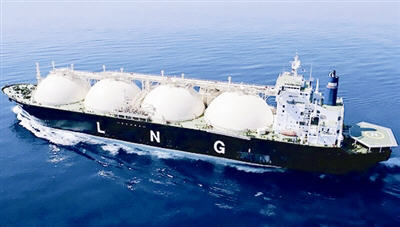 by Ross McCracken*
by Ross McCracken*
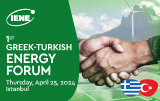
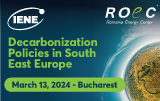
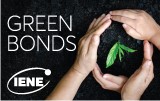
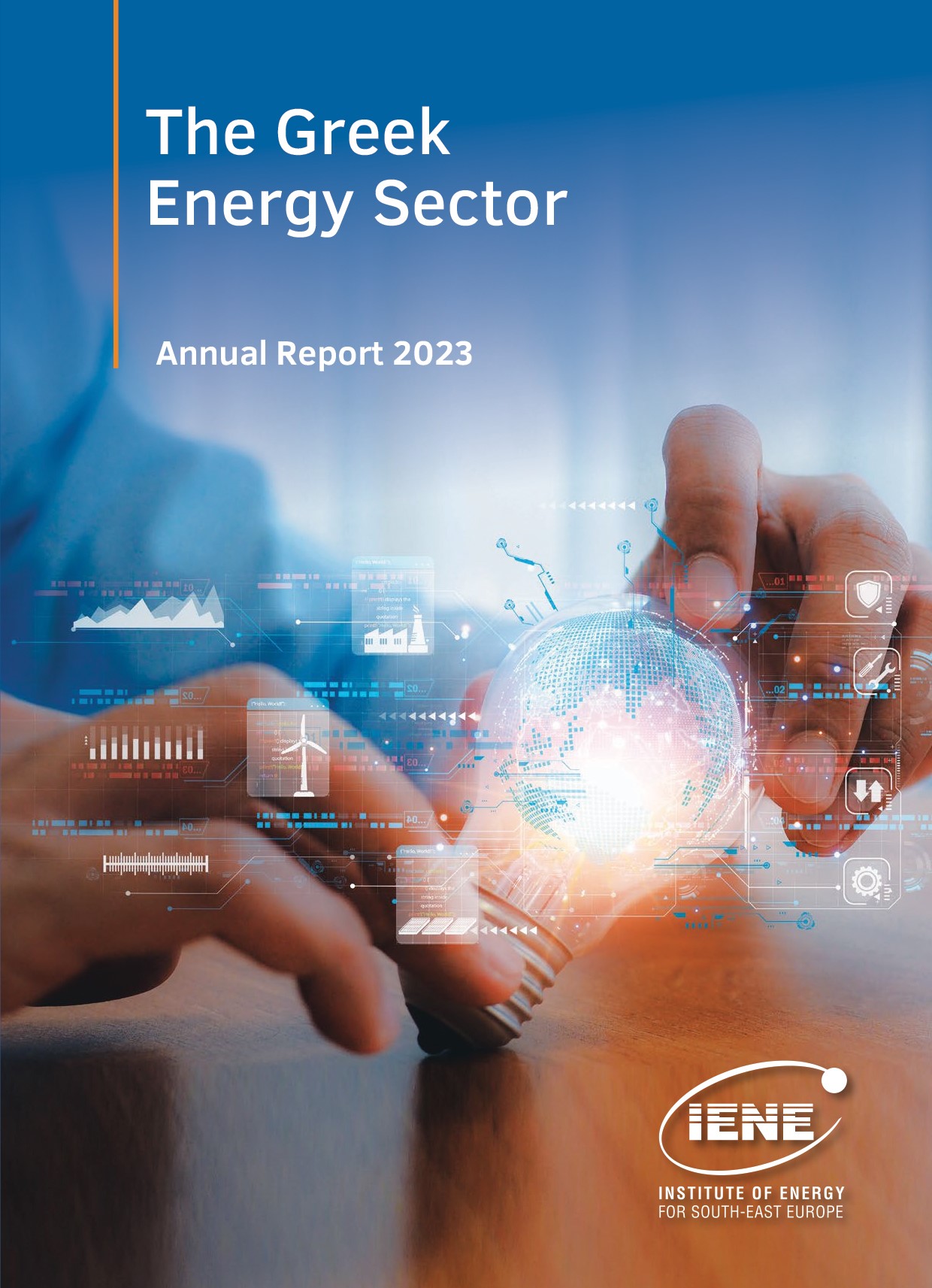
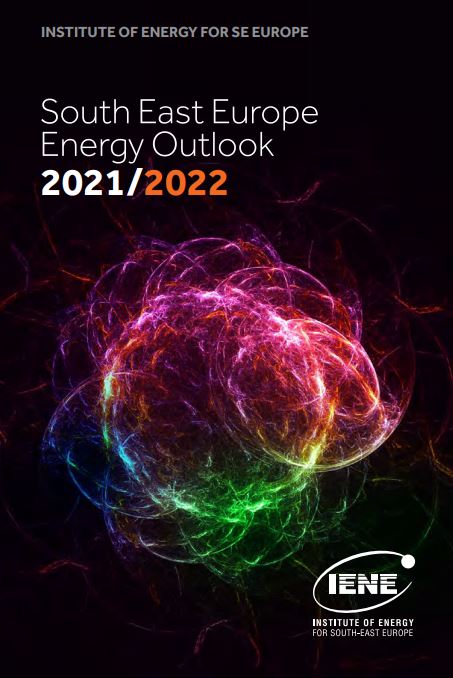
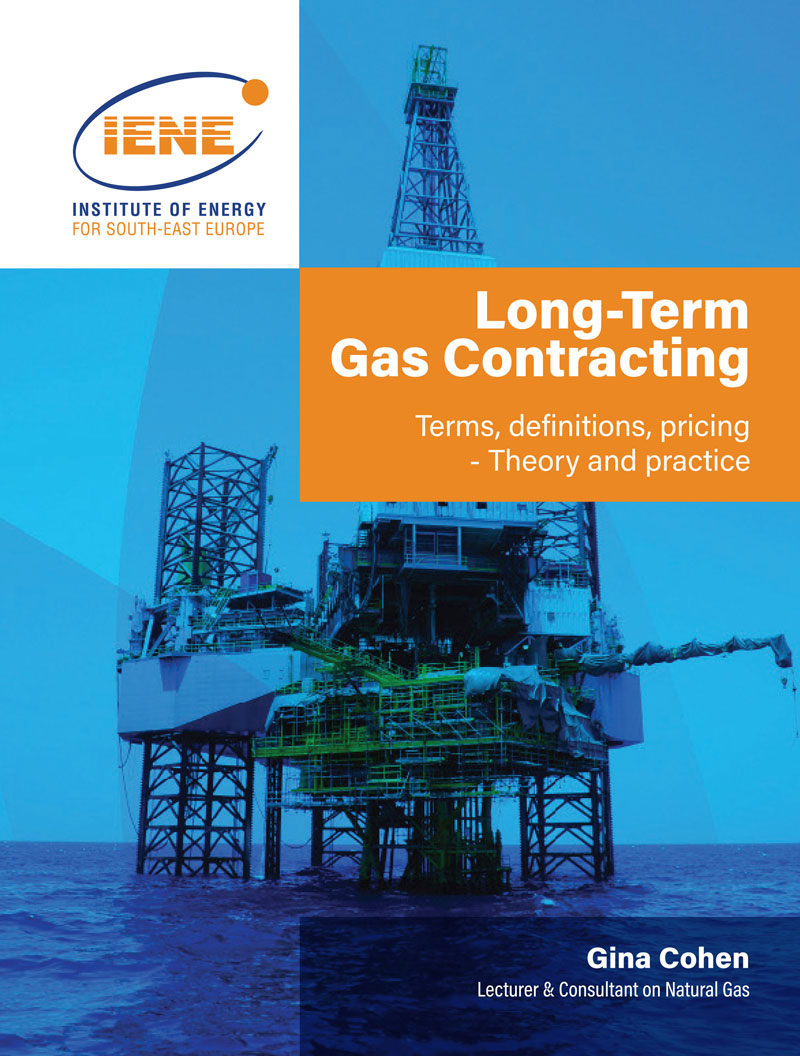 More
More
